The AMD Ryzen 5 2500X and Ryzen 3 2300X CPU Review
by Ian Cutress on February 11, 2019 11:45 AM ESTAMD Ryzen 5 2500X and Ryzen 3 2300X Conclusion
With AMD only offering the Ryzen 5 2500X and Ryzen 3 2300X to large OEMs, it allows AMD to move some of the risk of supporting multiple CPUs and stock levels in the channel to its partners. It also pleases the partners to have special parts and build products around them, especially when those parts are competitive. Unfortunately for the end user, it means that if these parts are competitive, they have to buy a prebuilt system to get one, rather than build their own. To add to the quandary, these processors fall right into the price segment of its own very competitive APUs, and the company had to decide whether to have a CPU/APU crossover at retail, or a specific separation between the two. AMD went for the latter.
The reasons behind the way AMD organises it's retail product stack aside, the 2500X and 2300X actually fall into two small gaps in the lineup.
The quad core 2500X with simultaneous multithreading sits between the 2400G at $145 with similar specs, slightly lower frequency, and much lower power consumpton, and the 2600 at $160 with two more cores. There's arguably no room in there for the 2500X - and we see in our benchmarks it fits between both pretty easily.
On the other hand, the quad core 2300X without hyperthreading is more akin to a faster 2200G, albeit without the integrated graphics, and butts up against the 2400G above it. This gap to fit the 2300X is bigger, between $95 of the 2200G and $145 of the 2400G, so there could easily be an argument for a faster 2200G for discrete graphics users. On performance, the 2300X handsomely beats the 2200G due to consuming more power per core, and even takes the 2400G on lightly threaded tests, but it is less power efficient. For small form factor systems the APUs still win, but in raw CPU and gaming performance, the 2300X easily fits between the two APUs, especially if we marked it at $110 or so, rather than $130.
So where does this AMD? In my professional opinion, the 2300X could be a really nice low-end processor for users that don't want to spend money on integrated graphics they won't use. Add in a 95W stock cooler and at $100-$110, it would be a really nice chip. The 2500X is a harder sell. For the small price gap it fits into, I would tell users to bite the bullet and go for the 2600, or if they need integrated graphics to get the 2400G. The only way the 2500X makes sense is if the 2400G or 2600 isn't available in a particular local market.
It will be interesting to see if AMD ever sells these at retail. There are four other chips they are not selling at retail either (at least, not retail worldwide): the 2700E, 2600E, 2400GE, and 2200GE. If anyone finds any of these for sale, let me know over email or Twitter @IanCutress



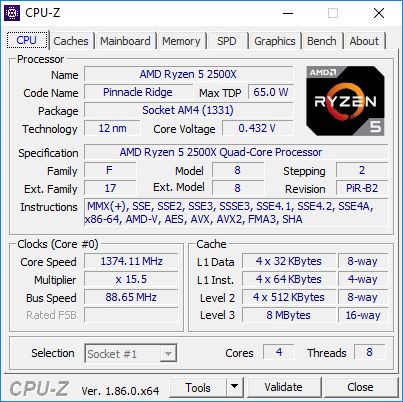
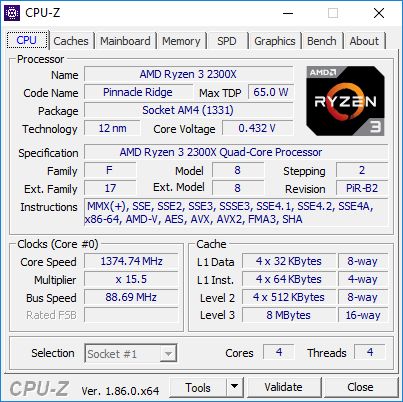
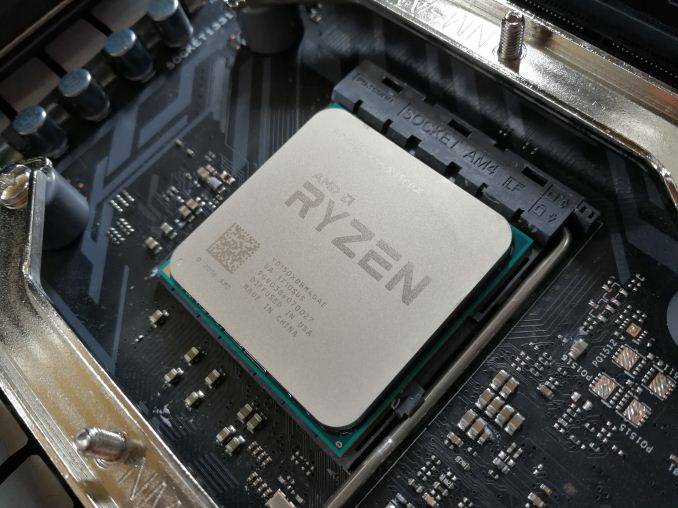

%20-%20Copya_678x452.jpg)
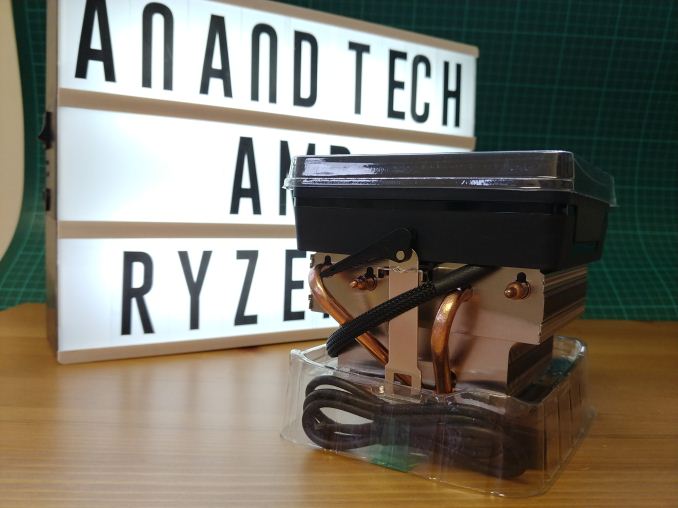
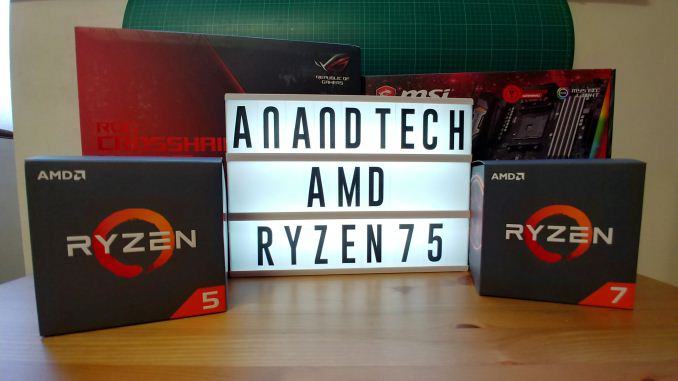
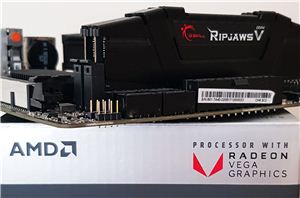
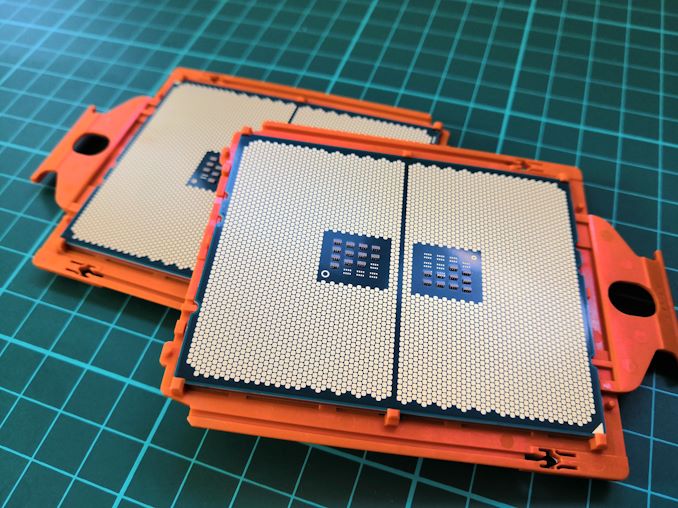
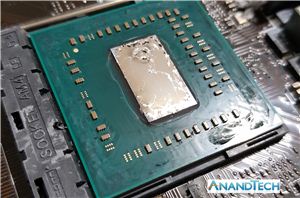








65 Comments
View All Comments
Daeros - Monday, February 11, 2019 - link
Your Intel bias is showing again, Ian. You've pitted a very nice selection of midrange processors from AMD against some very nice, almost double the price chips from Intel. If you're going to include the i5-8400 and i5-8600k, why not the R7 2600x or 2700? They're price-point competitors. But then, Intel wouldn't be at the top of the charts in almost any of the tests, would they?Ian Cutress - Monday, February 11, 2019 - link
All the data is in Bench for those parts. I mention repeatedly (as I did in our buyer's guide) that Intel doesn't really have anything competitive from 8th/9th Gen in the $120-$200 range. I put some parts in that are at least offer thread parity, as explained on page one of this review, if you read that far. But then again, Intel's 8th gen chips are priced well above the usual price right now.Subsequently, your data bias is showing. It's not about being at the absolute top of the graph. It never has. It's about competing with what's around you and some context either side from major competitors. If you want to compare higher priced parts against higher priced parts, then there's either a benchmark database to look at, or the corresponding reviews for those chips.
All quite apart from which, most of my analysis is comparing the AMD parts to other AMD parts because they're not sold at retail and where they would fit in if they did. That's one of the major points of this review.
c4v3man - Monday, February 11, 2019 - link
Is Anandtech trying to acquire an Intel i3-8100 processor for testing? This would seem to be a fairly natural comparison point to these processors at it's $117 customer pricing level. Granted you can approximate the results off the i3-8350K, and assume it's roughly 10% slower, but having actual numbers would be preferred over manual re-calculations.HStewart - Monday, February 11, 2019 - link
What about i5-8400T - according to ARC it price at $179 which will be in price range you statedhttps://www.intel.com/content/www/us/en/products/p...
Big difference is that it does not have Hyperthreading, been 6 cores without hyperthreading it could be serious competitor to Ryzen 5 2500X - it does have lesser max frequency than normal 8400
Korguz - Tuesday, February 12, 2019 - link
HStewart...that price.. could be an intel suggested price, or the tray price....
HStewart - Tuesday, February 12, 2019 - link
It is the price on Amazon, and selling outhttps://www.amazon.com/Intel-CM8068403358913-Core-...
MattMe - Tuesday, February 12, 2019 - link
@Ian - Whilst not quite as militant as some other forum users, I do agree that the testing and comparisons you have used here are not the most appropriate or useful. A similarly priced Intel CPU like the i3 would demonstrate competitive value in the marketplace. If we are including the more expensive Intel CPUs (because of their similar thread count, which I understand) then the graphs should have the equivalently priced AMD alternatives, again to help consumers understand the value proposition from both sides.Regarding the games/GPU options, I feel the testing you have carried out is useful, and although it's unlikely these CPUs would be paired with such a high-end GPU, we are at least ruling out the GPU being the limiting factor until reaching 4k, where your graphs demonstrate that the CPU is no longer the bottleneck. Without doubling the number of tests and data presented in the articles, I feel you've presented the most useful benchmarks and information. You'll never please everyone, I suppose.
Overall I think this is another fantastic write-up and appreciate the effort you put into the research and testing, but I can understand some people's frustrations when it comes to the comparisons you have chosen to demonstrate.
mikato - Thursday, April 4, 2019 - link
Well said"If we are including the more expensive Intel CPUs (because of their similar thread count, which I understand) then the graphs should have the equivalently priced AMD alternatives, again to help consumers understand the value proposition from both sides."
Phynaz - Monday, February 11, 2019 - link
Typical AMD - Hot and SlowformulaLS - Monday, February 11, 2019 - link
Typical Phynaz, quit the forums and said he won't be coming back and ended up flat out lying about it. Grow up dude.